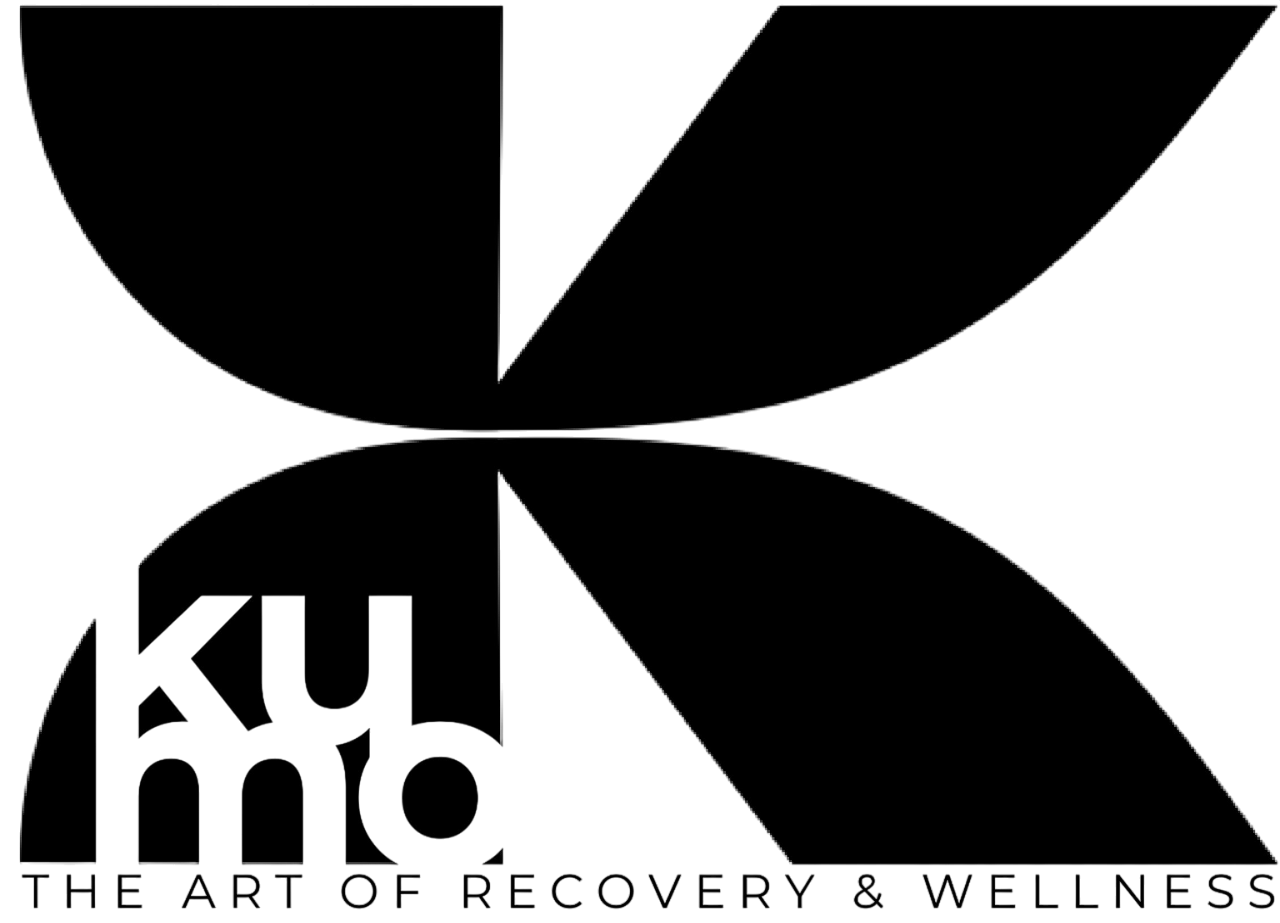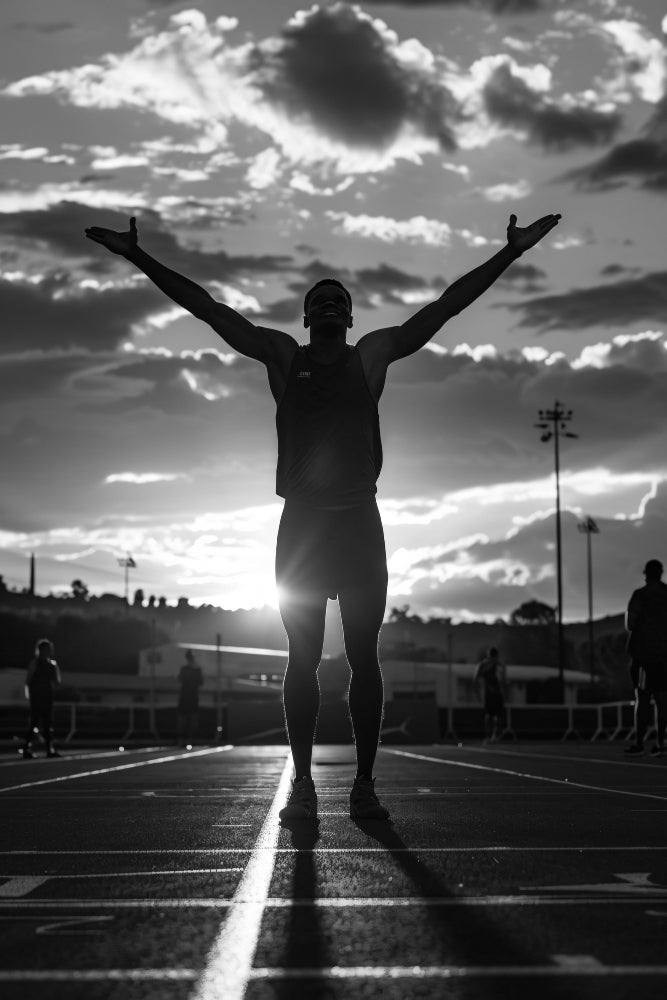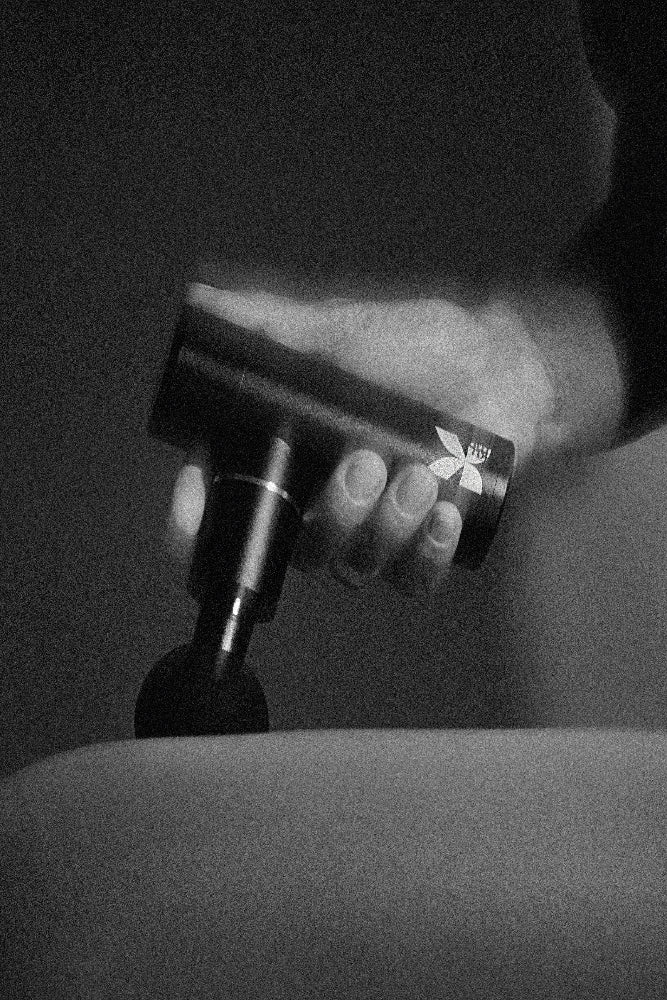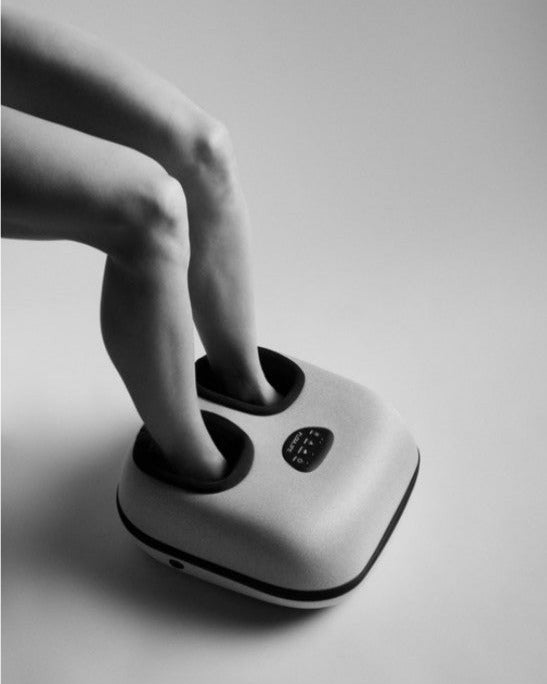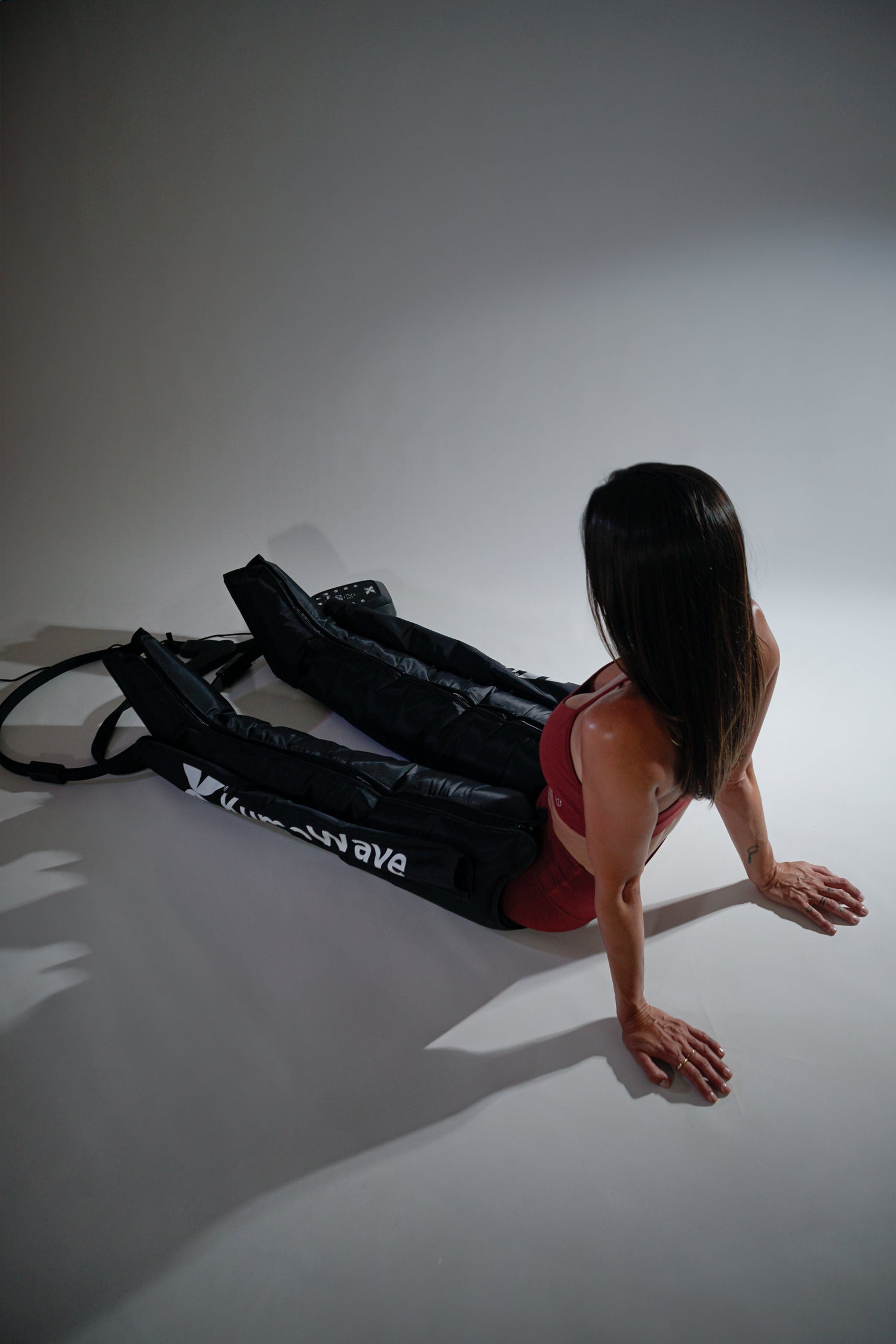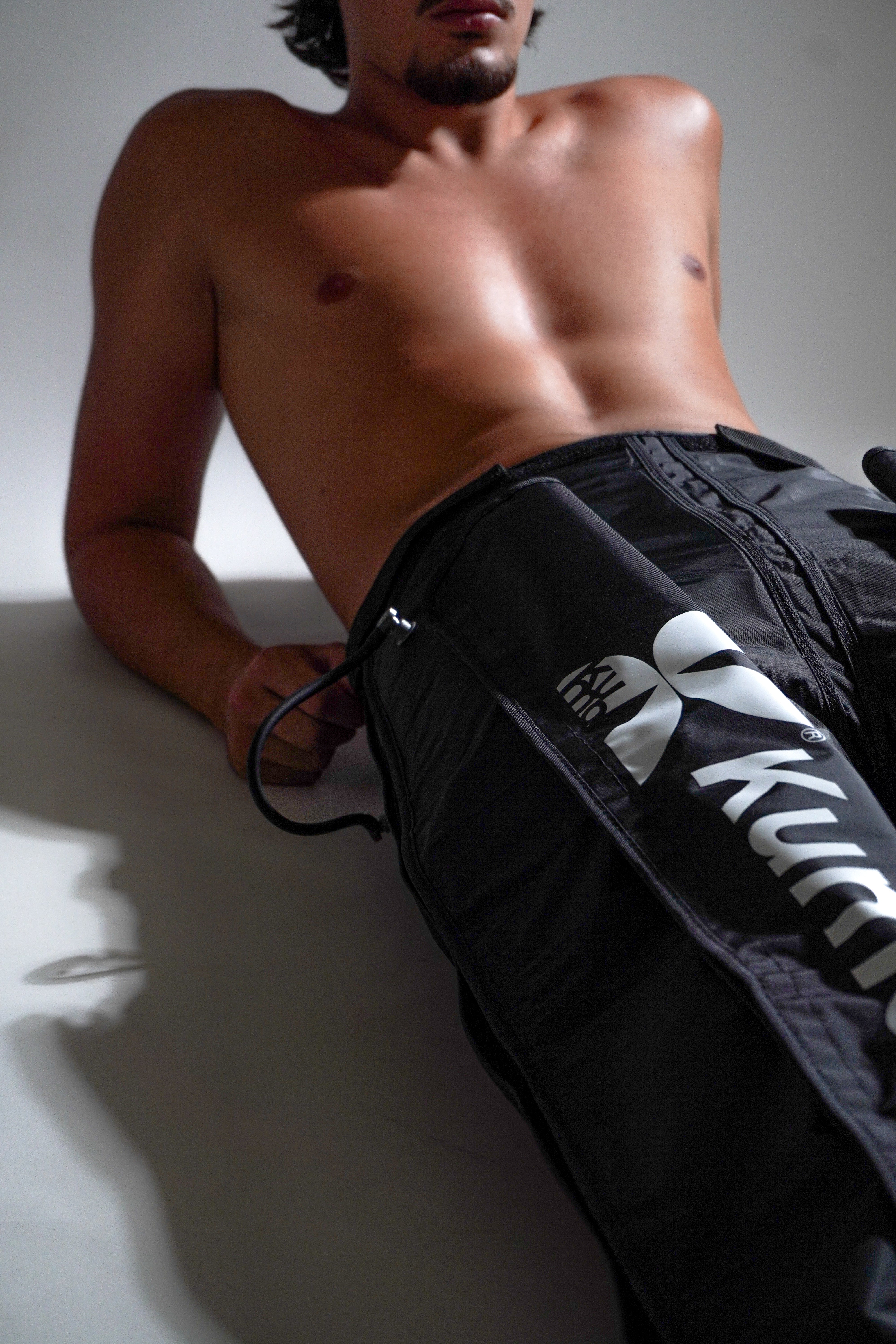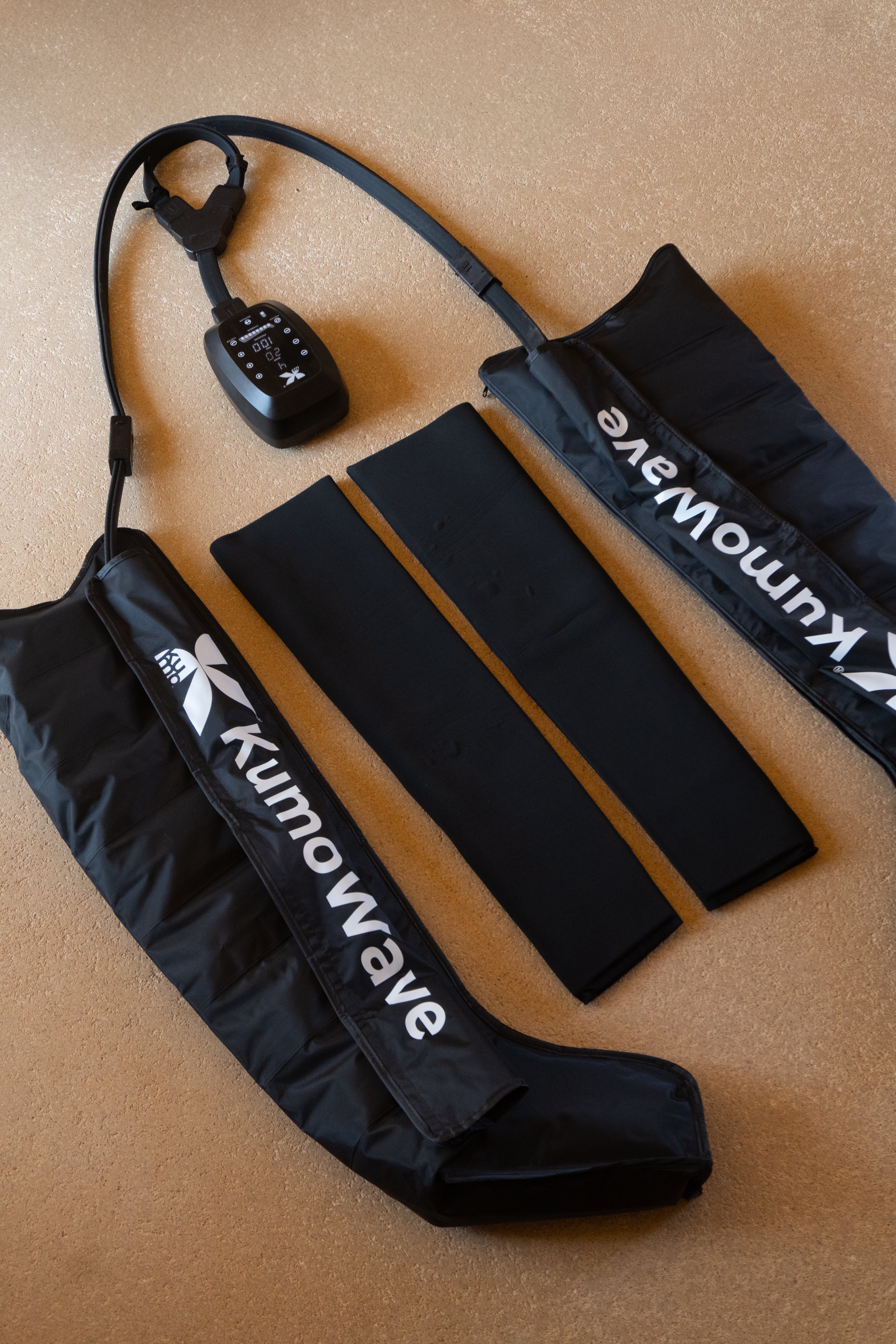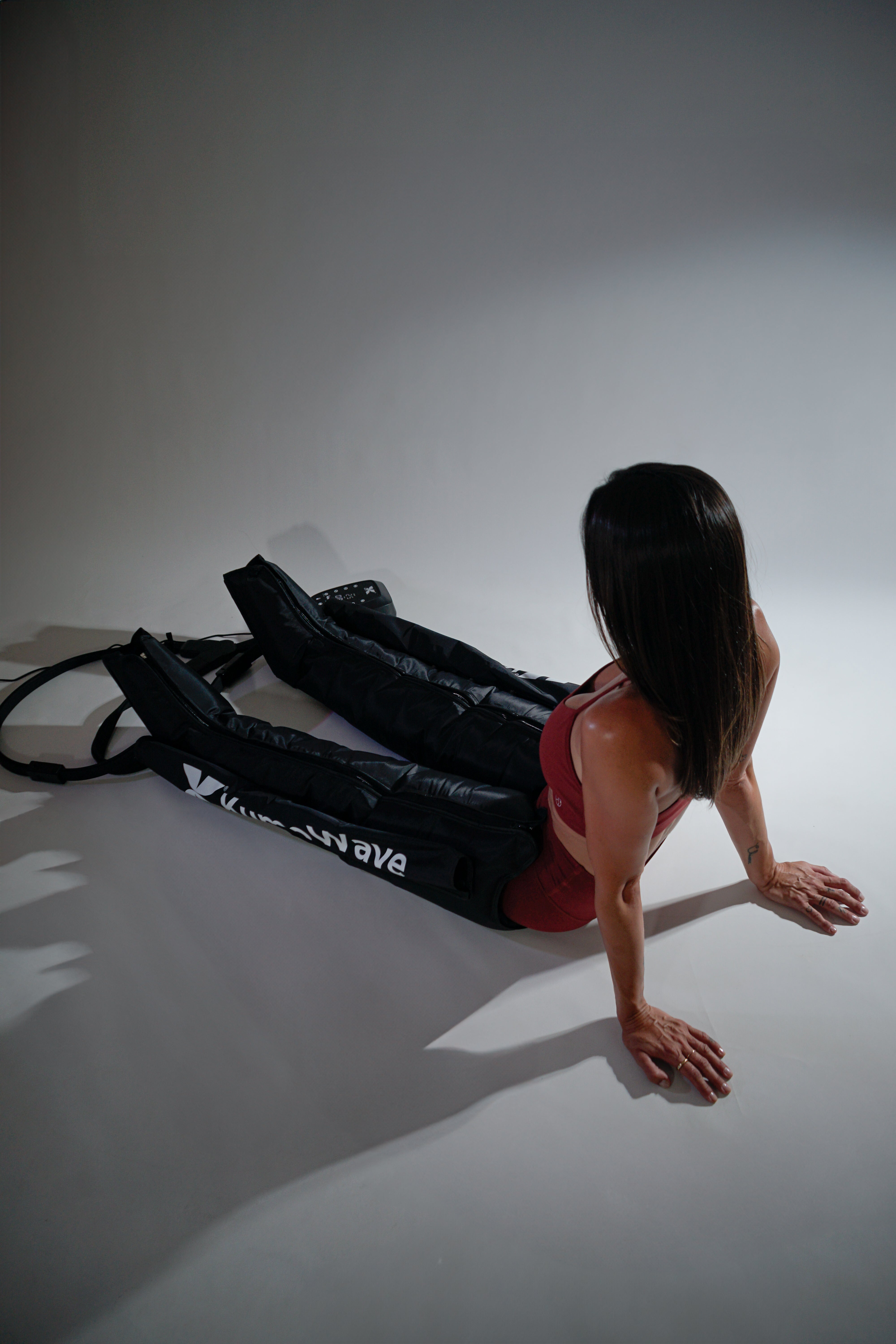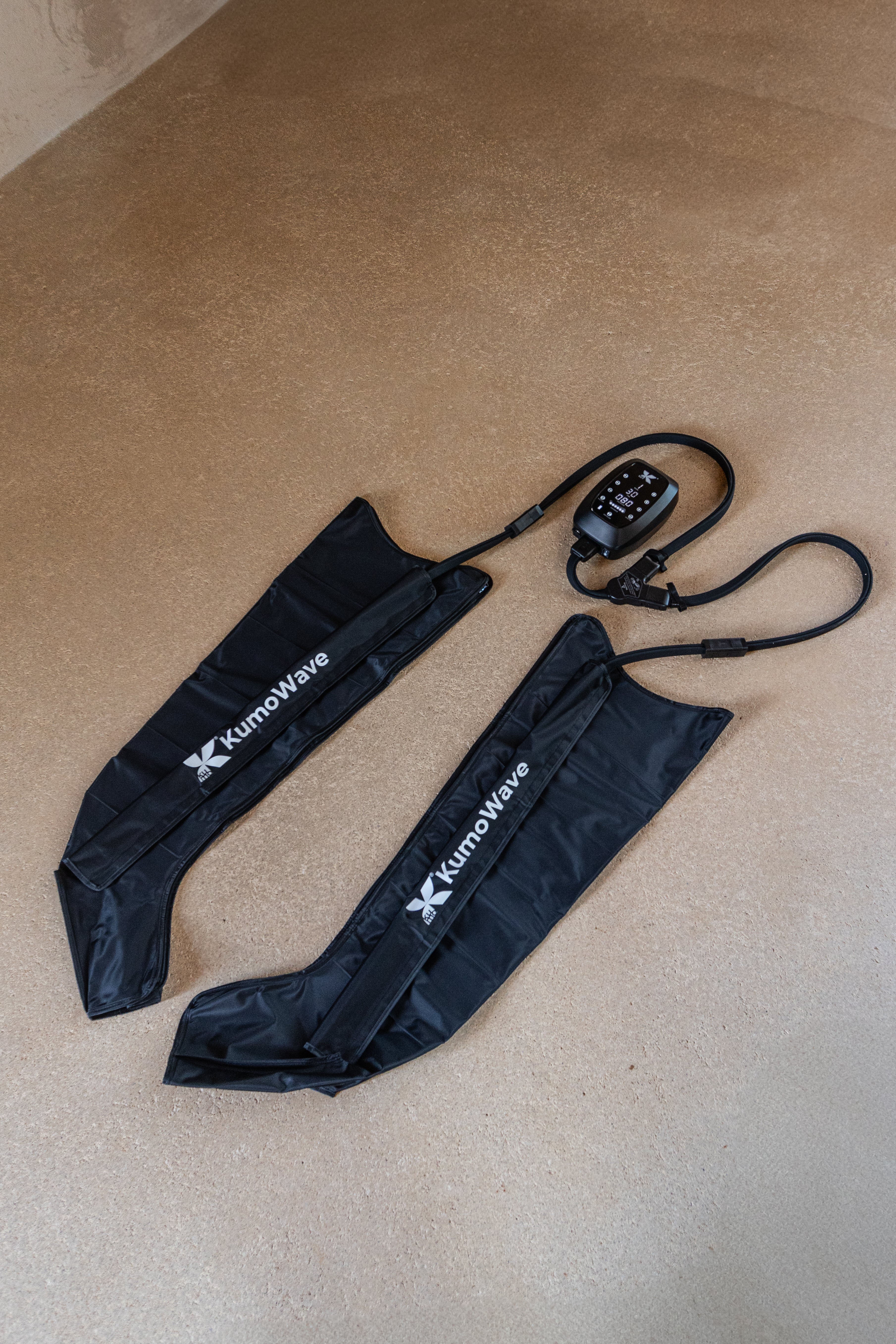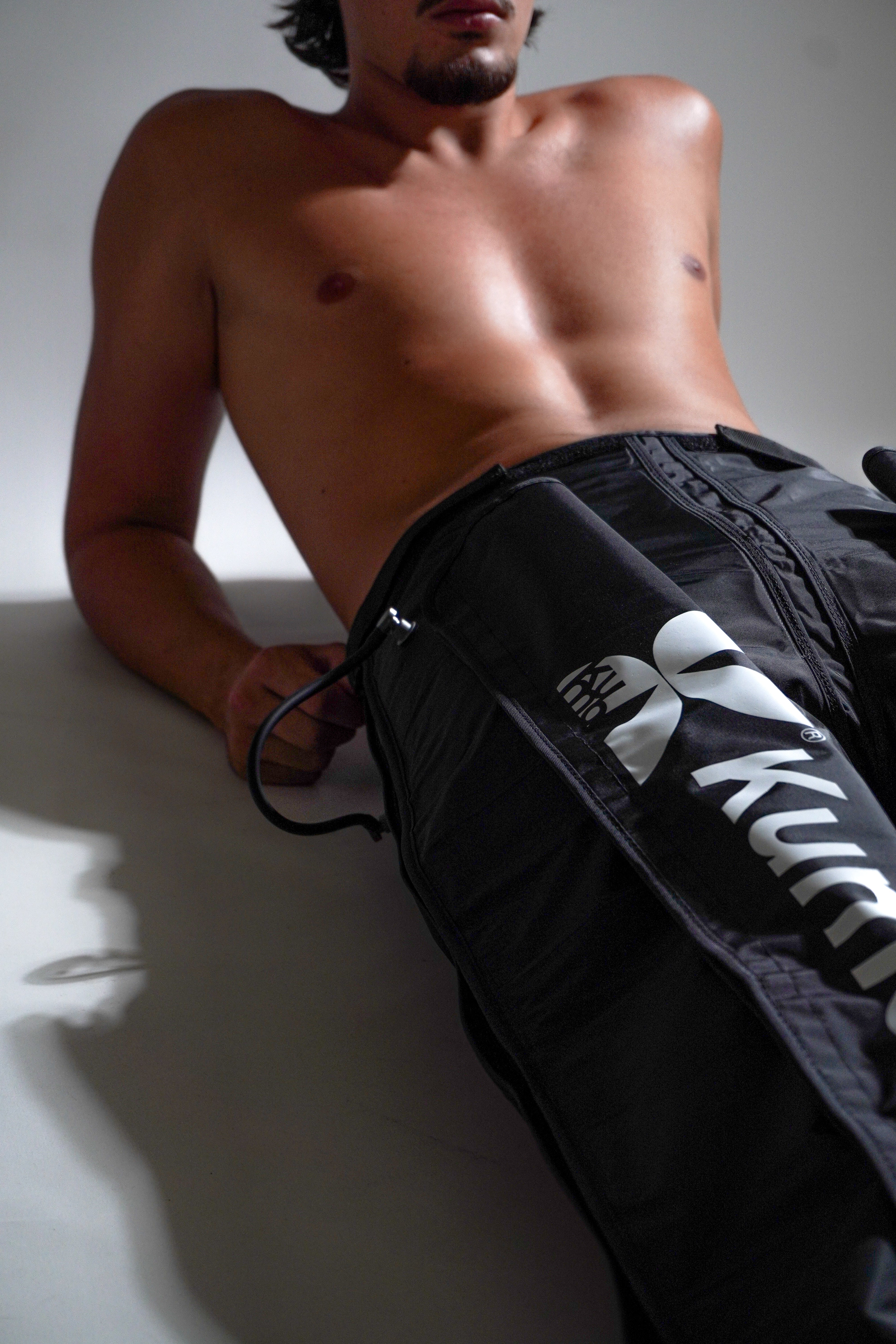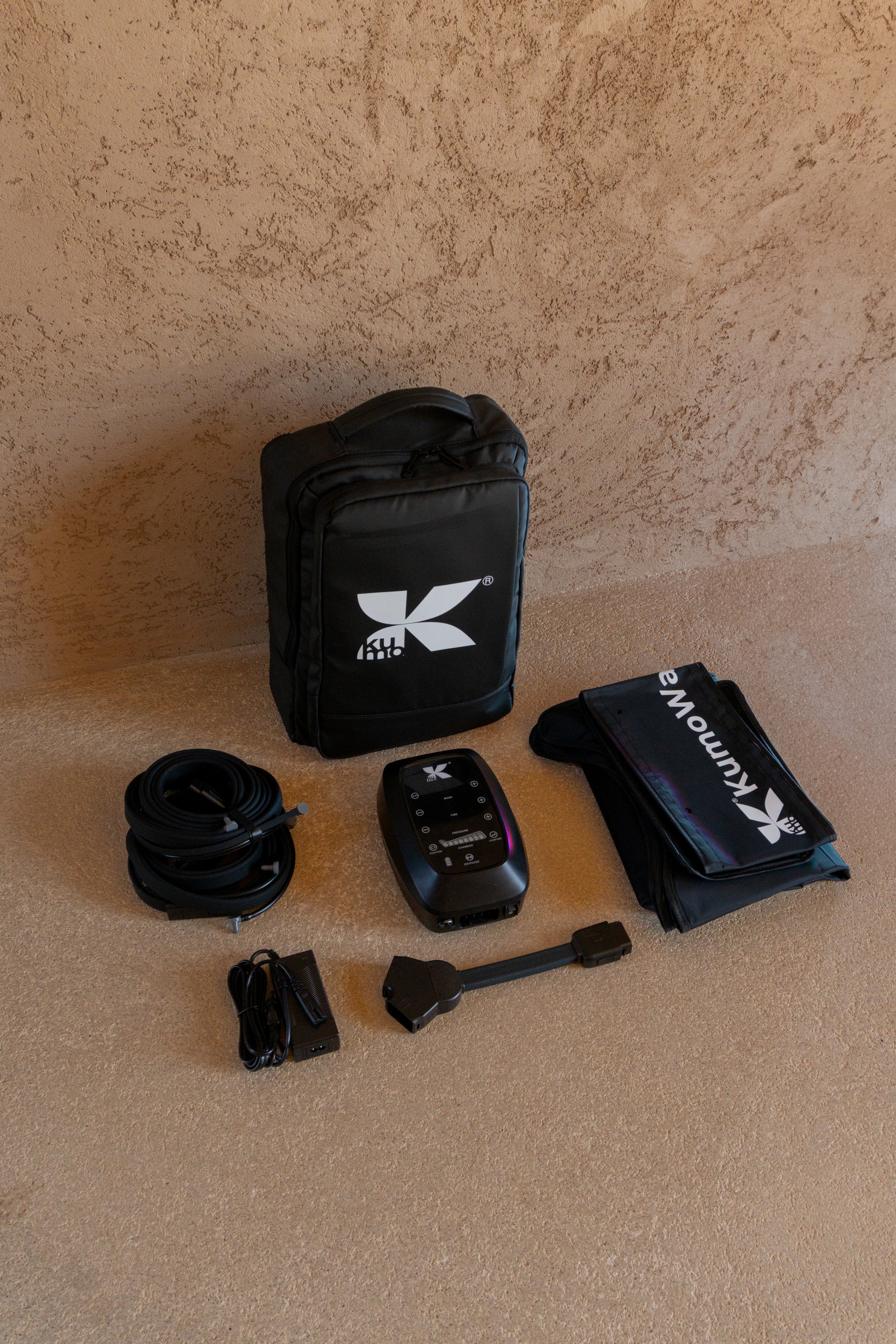Lymphatic drainage: what it is and how it works. In this guide, I explain what it is, what it's used for, how to perform it, and when to avoid it.
Lymphatic drainage is a gentle technique that stimulates the lymphatic system to promote fluid elimination, reduce swelling, and support tissue recovery. It is applied manually or with pneumatic compression devices and can be integrated into wellness, exercise, and skincare routines. Below, you'll find a clear explanation, practical steps, and evidence-backed recommendations.
Coming soon
- Gentle technique that mobilizes lymph to drain fluids and waste.
- Useful for tired legs, post-exercise recovery and mild edema (does not replace medical treatment).
- It is performed manually or with sequential compression (boots), always with low pressures.
- Complements: diaphragmatic breathing, mobility and good hydration.
- Contraindications: acute infection, thrombosis, decompensated heart failure and others.
| Aspect | Key in 1 sentence |
|---|---|
| Aim | Reduce fluid retention and support recovery. |
| How it works | Gentle stimulation that improves lymphatic flow to the lymph nodes. |
| Modalities | Manual (MLD), pneumatic compression, guided self-care. |
| Duration | 20–60 minutes per session, depending on need and tolerance. |
| Caution | Avoid in infections, thrombosis or uncontrolled pathologies. |
What is lymphatic drainage?
Lymphatic drainage is a set of gentle, rhythmic maneuvers designed to enhance the circulation of lymph, a fluid that transports proteins, waste, and immune cells to the lymph nodes. Unlike deep tissue massage, it doesn't seek to "knead" the muscle; it works on the skin and subcutaneous tissue to guide the lymph proximally (toward the nodes).
There are several modalities:
- Manual lymphatic drainage (MLD): techniques such as Vodder or Leduc, with light pressure and a specific sequence.
- Sequential pneumatic compression (boots): air chambers that inflate and deflate progressively.
- Self-care: breathing, mobilization, and very gentle self-massage for maintenance.
Less is more: lymphatic drainage should feel light, painless, and relaxing. High pressure is counterproductive.
How does it work? Physiology in simple terms
The lymphatic system is a network of capillaries and vessels with one-way valves that depend on:
- The muscular “pump” (moving helps the lymph).
- Tissue pressure (swelling vs. return).
- Diaphragmatic breathing (the diaphragm acts as suction).
Manual lymphatic drainage and pneumatic compression gently increase lymph uptake and flow to the lymph nodes, facilitating its return to the venous system. The results can be perceived as less heaviness, decreased volume, and improved recovery after physical exertion.
Key manual techniques
- Proximal opening: activate areas close to lymph nodes (clavicle, armpit, groin) before working distally.
- Slow, low-pressure circular and spiral maneuvers.
- Sequence: from proximal to distal (to “empty” pathways) and from distal to proximal (to “push” lymph).
- Rhythm: 30–60 movements per minute, without friction or pain.
For clinical rationale and recommendations, please review the 2020 International Society of Lymphology (ISL) consensus document.
Devices and technology that help
- Sequential compression boots: useful for tired legs and athletes at the end of the day or after intense sessions. Explore our pressotherapy boots .
- Red/LED Light: Supports muscle recovery and can modulate post-exercise inflammation; discover the LED red light therapy .
- Gentle percussive massage: promotes myofascial relaxation (not drainage per se), preparing tissues to move better; learn about the KumoPulse Air massage gun .
Expected benefits and limits according to evidence
- Mild edema and heavy legs: temporary relief and improved comfort.
- Sports recovery: can accelerate the elimination of metabolites and reduce the perception of fatigue.
- Lymphedema: In clinical settings, MLD may be part of a comprehensive approach (compression, exercise, skin care). The evidence is mixed: a Cochrane review (2015) found modest, protocol-dependent benefits in post-breast cancer lymphedema (it is not a substitute for comprehensive therapy). Cochrane Library .
- It is not indicated for “weight loss” nor does it replace medical treatment for illnesses.
For a practical overview of drainage massage, see the Cleveland Clinic guide and general resources on lymphedema at MedlinePlus .
How to do it: professional vs. at home
Session with a professional
- Assessment: review of history, symptoms and priority areas.
- Opening and sequence: from proximal nodes to distal areas; light pressure and steady rhythm.
- Duration: 30–60 minutes depending on goal and tolerance.
- Frequency: 1–2 times/week during loading or edema phases; then maintenance.
Guided Self-Care (practical example 10–15 min)
1) Diaphragmatic breathing: 10 deep breaths, 4–6 s per inhalation. 2) Supraclavicular and axillary “opening”: shallow circular strokes, 1–2 minutes per area. 3) Legs: from the groin to the knee and then the calf; gentle movements, 5–8 repetitions per segment. 4) Mobility: flexion and extension of the ankles and knees, 1–2 minutes. 5) Hydration: 250–500 ml of water throughout the day. 6) Compression option: 15–30 minutes with low/medium pressure compression boots at the end.
If you are looking to integrate technology into your routine, visit KUMO and find solutions designed for daily recovery.
Safety and contraindications
Avoid lymphatic drainage (manual or devices) in case of:
- Acute infections (cellulitis, fever), deep vein thrombosis or recent embolism.
- Decompensated heart failure or severe kidney/liver failure.
- Active cancer without medical authorization in the area to be treated.
- Open wounds, burns or severe dermatitis in the area.
- Pregnancy: requires individual assessment and adapted techniques.
If you have any questions or medical conditions, consult your healthcare professional. If you need guidance on using devices, write to us .
Integrate drainage into your recovery with Kumo
- After training: 10–20 min of sequential compression with pressotherapy boots + smooth mobility.
- Office days/heavy legs: diaphragmatic breathing, light self-massage, and 15 minutes of compression.
- Skin and muscle recovery: add sessions of LED red light therapy to support regeneration.
- Relax your muscles: use the KumoPulse Air massage gun with low intensities to release tensions that hinder venous/lymphatic return.
FAQ
How often should lymphatic drainage be performed?
For general well-being or tired legs, 1–2 sessions per week for 3–4 weeks are usually sufficient to notice changes, and then move on to maintenance (every 1–2 weeks). For athletes, short post-workout sessions (10–20 minutes) help manage the load. For lymphedema or other clinical conditions, the frequency should be determined by a professional as part of a comprehensive plan. Monitor your response: if pain, dizziness, or swelling worsens, discontinue and consult a doctor.
Does it help with cellulite and fluid retention?
Drainage can improve fluid retention and the feeling of heaviness, sometimes making the skin look more even temporarily. However, cellulite is multifactorial (hormones, connective tissue, subcutaneous fat), and there is no single "cure." The most effective approach is a combined approach: exercise, strength, nutrition, hydration, skin care, and, as a complement, gentle drainage or compression. Avoid promises of "miracle results" or rapid weight loss.
What does it feel like afterwards and what to do post-session?
Lightness, relaxation, and an increased urge to urinate are common due to fluid movement. Drink water, take short walks, and avoid intense pressure for a few hours. If you used compression, elevate your legs briefly and mobilize your ankles. Mild drowsiness may occur; this is normal due to the parasympathetic effect. Warning signs (increasing pain, redness, fever, sudden swelling) require discontinuation and medical evaluation.
What is the difference between lymphatic drainage and sports massage?
Lymphatic drainage uses very gentle, slow, and superficial pressure to mobilize lymph and reduce edema. Sports massage applies deeper pressure to muscles and fascia to improve performance, mobility, and relieve muscle tension. They can be complementary: first, gentle drainage to relieve congestion, then selective myofascial release. If there is inflammation or increased sensitivity, always start with less intense techniques.
Can I combine drainage with exercise, sauna or compression?
Yes, with discretion. Moderate physical activity (walking, gentle cycling) boosts muscle pumps and promotes recovery. Pneumatic compression or elastic stockings can be added, adjusting pressure and duration according to tolerance. Intense heat (sauna) increases vasodilation: in cases of edema, use it sparingly and observe your response. Always adjust the combination to your health status and, if there is a pathology, follow professional advice.
To remember
- Gentle pressure, slow rhythm and correct sequence are the basis of effective drainage.
- Useful for mild edema, tired legs, and recovery, with variable evidence depending on the context.
- It does not replace medical treatments nor does it serve to “lose weight.”
- Self-care: breathing, mobility, hydration, and short compression sessions.
- Avoid infection, thrombosis, or decompensated pathologies; consult if you have any questions.
- Explore recovery and wellness solutions at KUMO or discover our pressotherapy boots .
